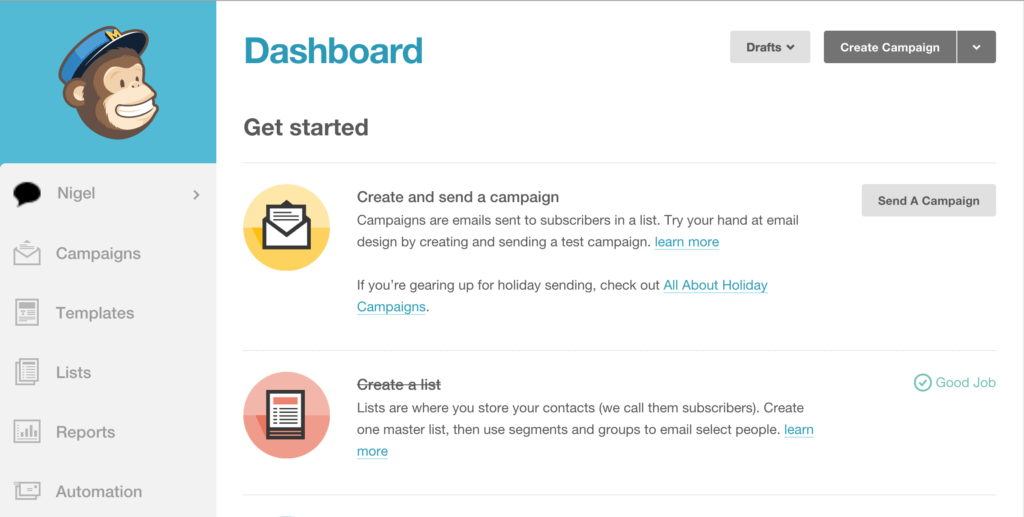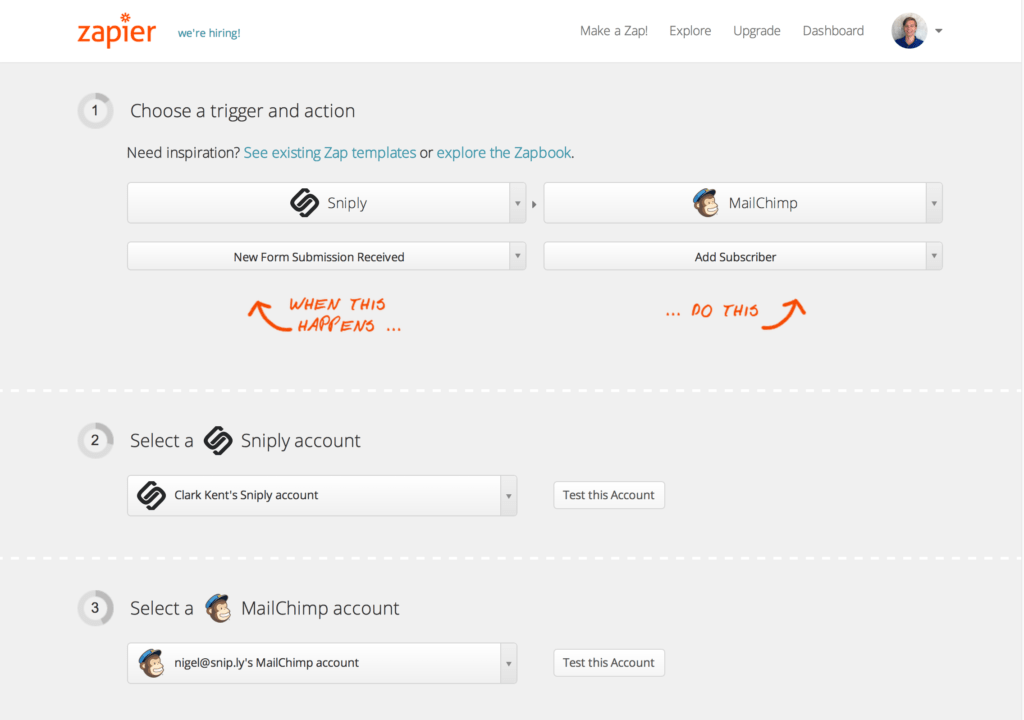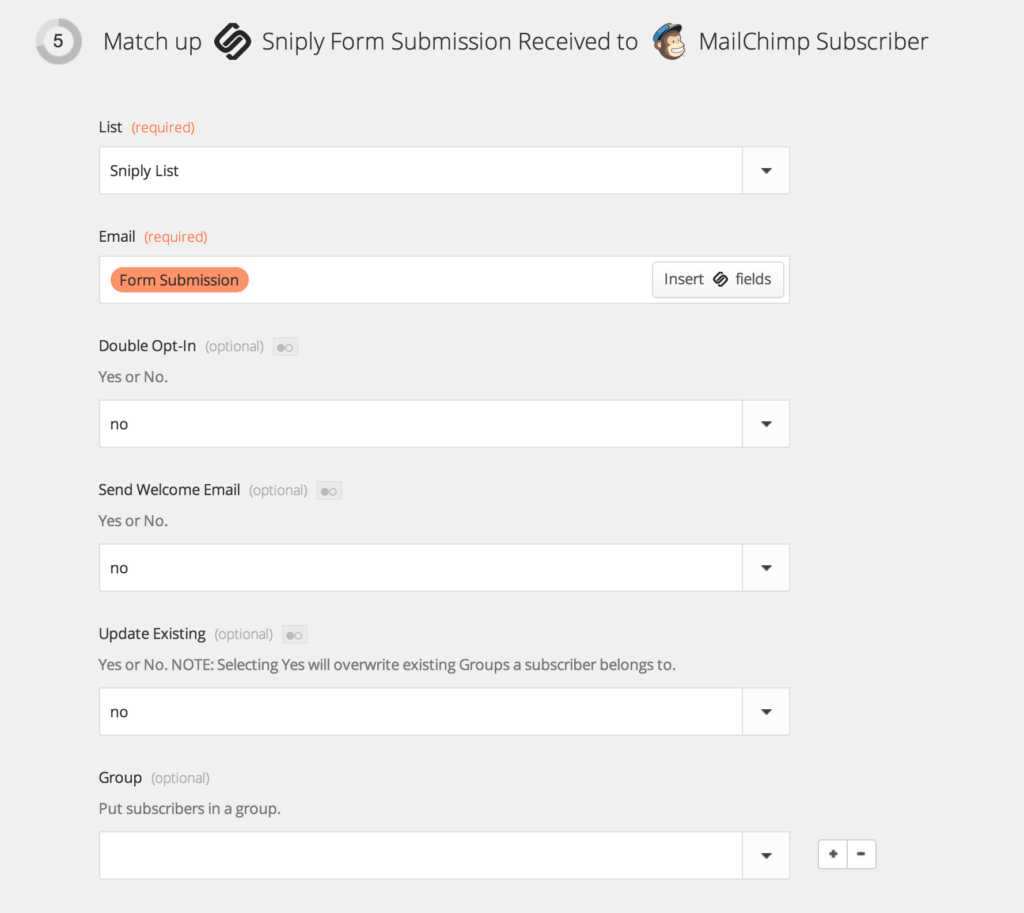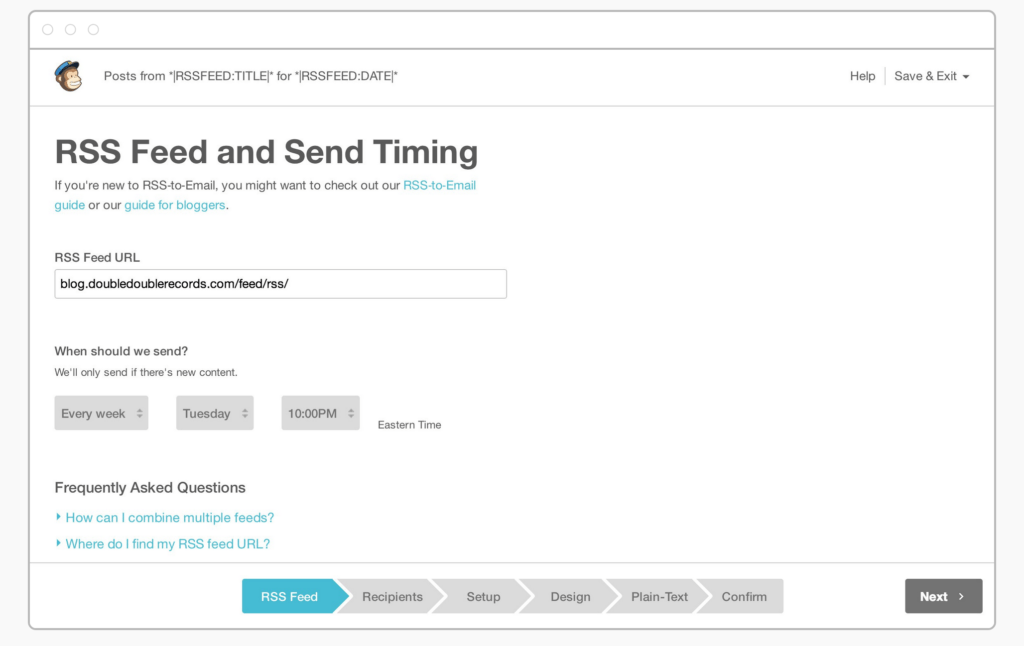

What is Mailchimp?
More than 7 million people use Mailchimp to create, send, and track email newsletters. Whether you’re self-employed, you manage projects for clients, or you work for a Fortune 500 company, Mailchimp has features and integrations that will suit your email marketing needs. You can use form call-to-actions on Sniply to collect emails, then use the Mailchimp integration to automatically add those emails to your mailing list.

Using Zapier to Connect Accounts
Sniply allows you to send your form submissions to Mailchimp through an app called Zapier. You connect your Sniply and Mailchimp accounts to Zapier, then Sniply will send your form submissions to Zapier and Zapier will forward them to be stored on one of your Mailchimp lists. You can customize which submissions go to which mailing lists and more on Zapier.

Customizing Your Zapier Integration
Using Zapier, you can customize exactly how you want your Sniply form submissions to be imported into Mailchimp. You can filter Sniply form submissions based on which profile you used to make the Sniply, which page you Snipped, or even which Sniply link was filled in. You can also specify default values for the info that the new Mailchimp Subscriber will get, including which list to add the subscriber to, whether or not to use double opt-in, whether a welcome email should be sent, which group the subscriber should go into, and more.

Using RSS Feeds
Mailchimp has a feature that allows you to send an email anytime you publish a new blog post, using RSS. With Sniply, you can use this to send an email to your subscribers anytime your blog is updated using Sniply links instead of plain-old, boring links. To set this up, all you have to do is find the RSS feed for your blog and plug the URL for that feed into Sniply. Sniply will give you an output feed, which you can plug into Mailchimp by following these directions. Boom! Every time new content is available on your blog, you will automatically send out an email that contains a brief description of the new content and a Sniply link to your post.
Using the same approach, you could do this for any website that has an RSS feed. This allows you to send emails out automatically with interesting content and collect conversions when people click on your Sniply link in the email and see your Call-To-Action.






Add a call-to-action to every link you share.
Join 100,000+ marketers and drive conversions through content curation.
Get Started for Free